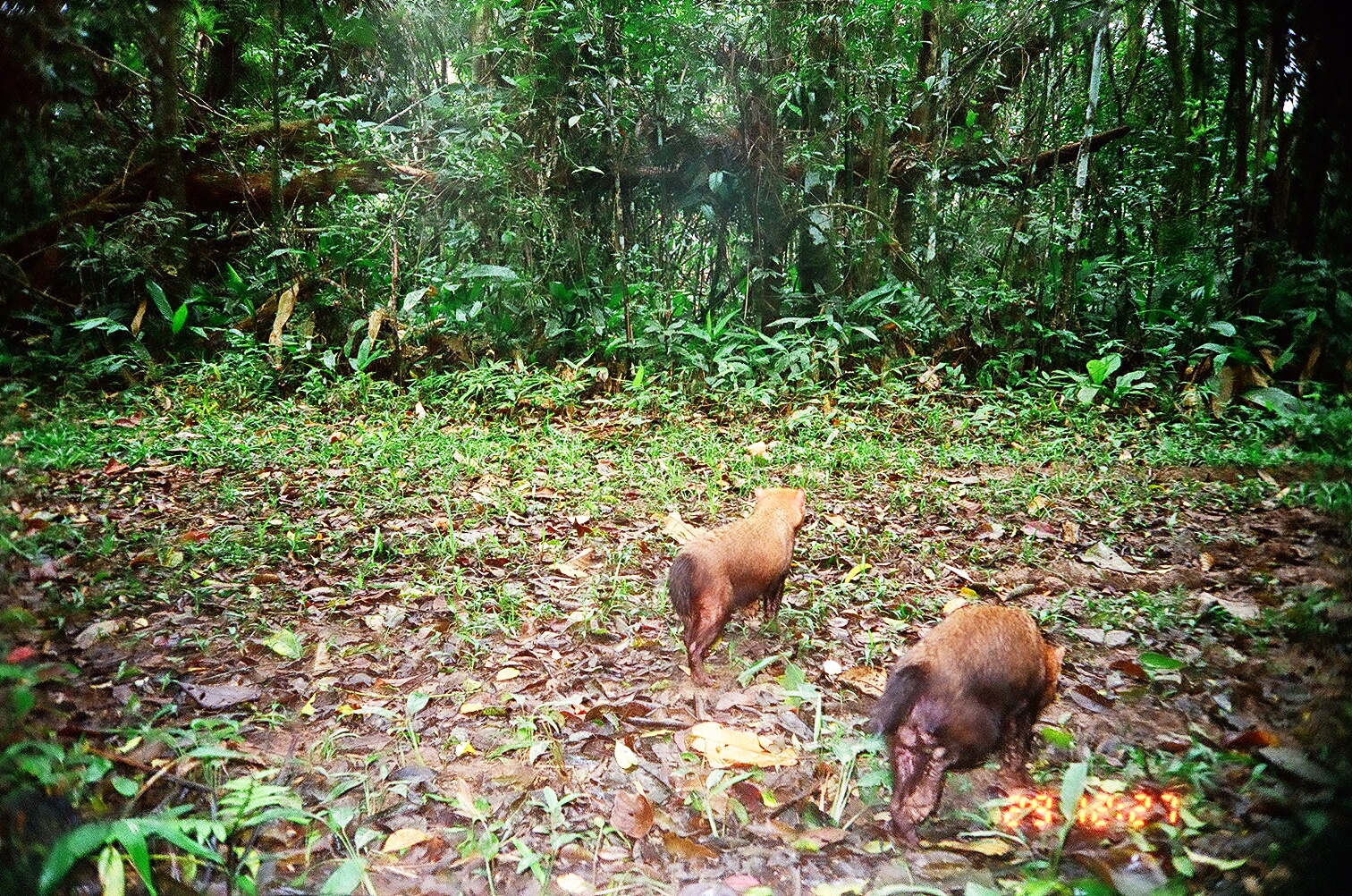
ResourcesAmazonian Canids Working Group
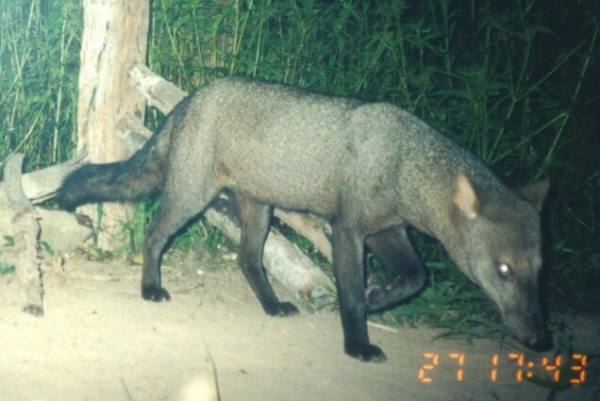
Coordinators:
Karen DeMatteo – WildCare Institute at the Saint Louis Zoo/Washington University in St. Louis (USA)
Fernanda Michalski – Universidad Federal do Amapá/Pró-Carnivoros (Brazil)
Main issues affecting Amazonian canids:
Amazonian canids are similar to many carnivores worldwide whose long-term survival is threatened by a variety of direct and indirect threats. While habitat loss and fragmentation are threats to wildlife worldwide, in the Amazon region this is especially poignant with large tracts of intact habitat being cleared and used for agriculture, including soybean production. The ongoing, rapid expansion of hydroelectric developments in the Brazilian Amazon is an additional threat to carnivores, with hydroelectric dams expected to expand from 154 to 277 in the Brazilian Amazon (Castello et al. 2013). These species are also threatened when their prey abundance is reduced through illegal hunting and predation by domestic dogs. The latter can also be a direct threat to these species, especially in the case of bush dogs that often inhabit old dens of their prey. Finally, one of the most poorly understood threats but one that is inevitably increasing as wildlife increase their proximity to human populations is the increased risk of contracting lethal diseases from domestic dogs.
Species:
Each of the species included in this list are found in and around the Amazon region and are in need of additional research. This includes Lycalopex/Pseudalopex spp., which typically lacks representation through other groups.
To learn more about these canids, click on their scientific name to see a brief summary. Additional information on each species can also be found via the IUCN Red List or a literature summary put together by the Amazonian Canids Working Group.
short-eared dog - Atelocynus microtis

.jpg)
© Renata Leite Pitman & Matthew Swarner © Fernanda Michalski
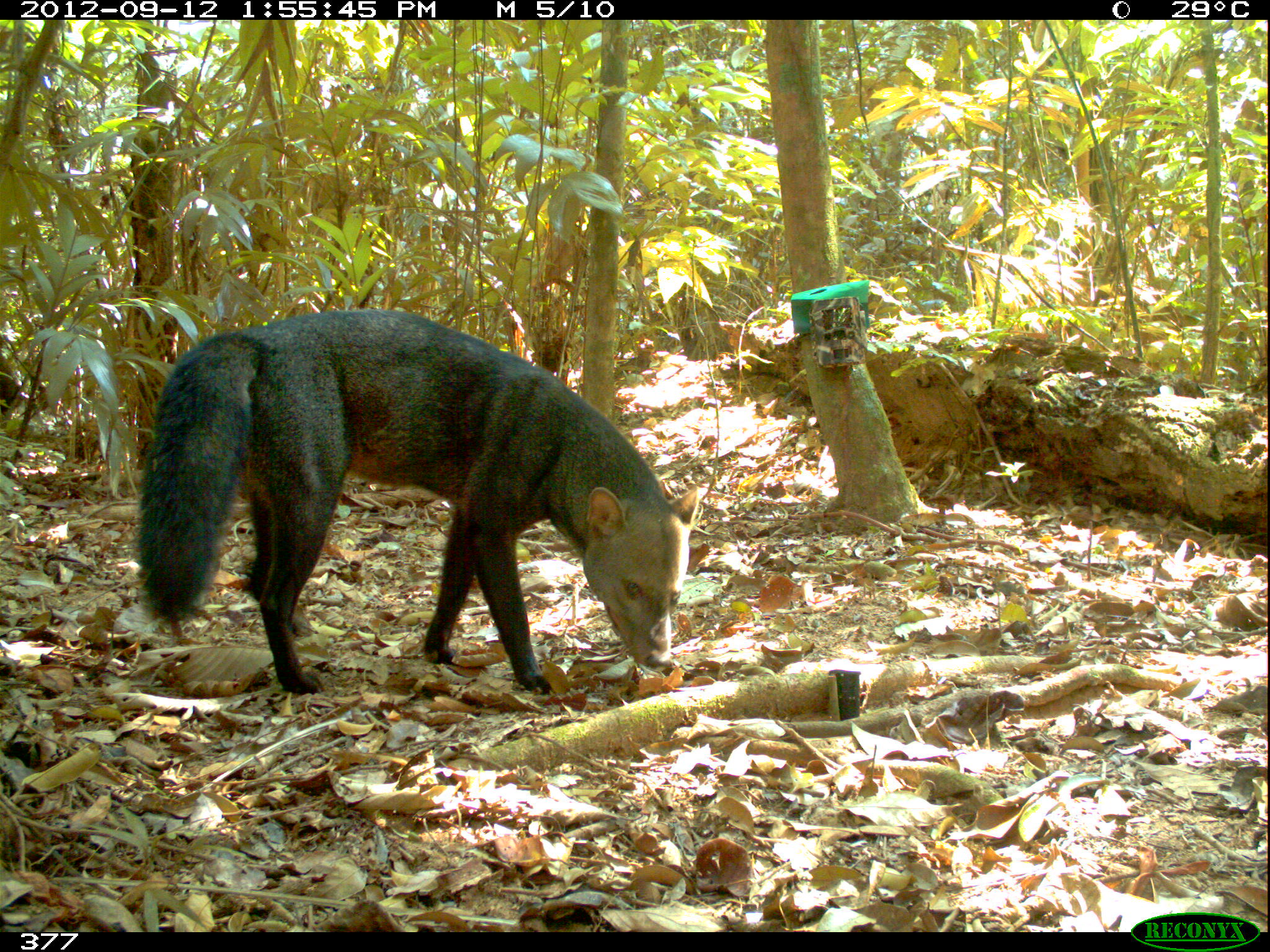
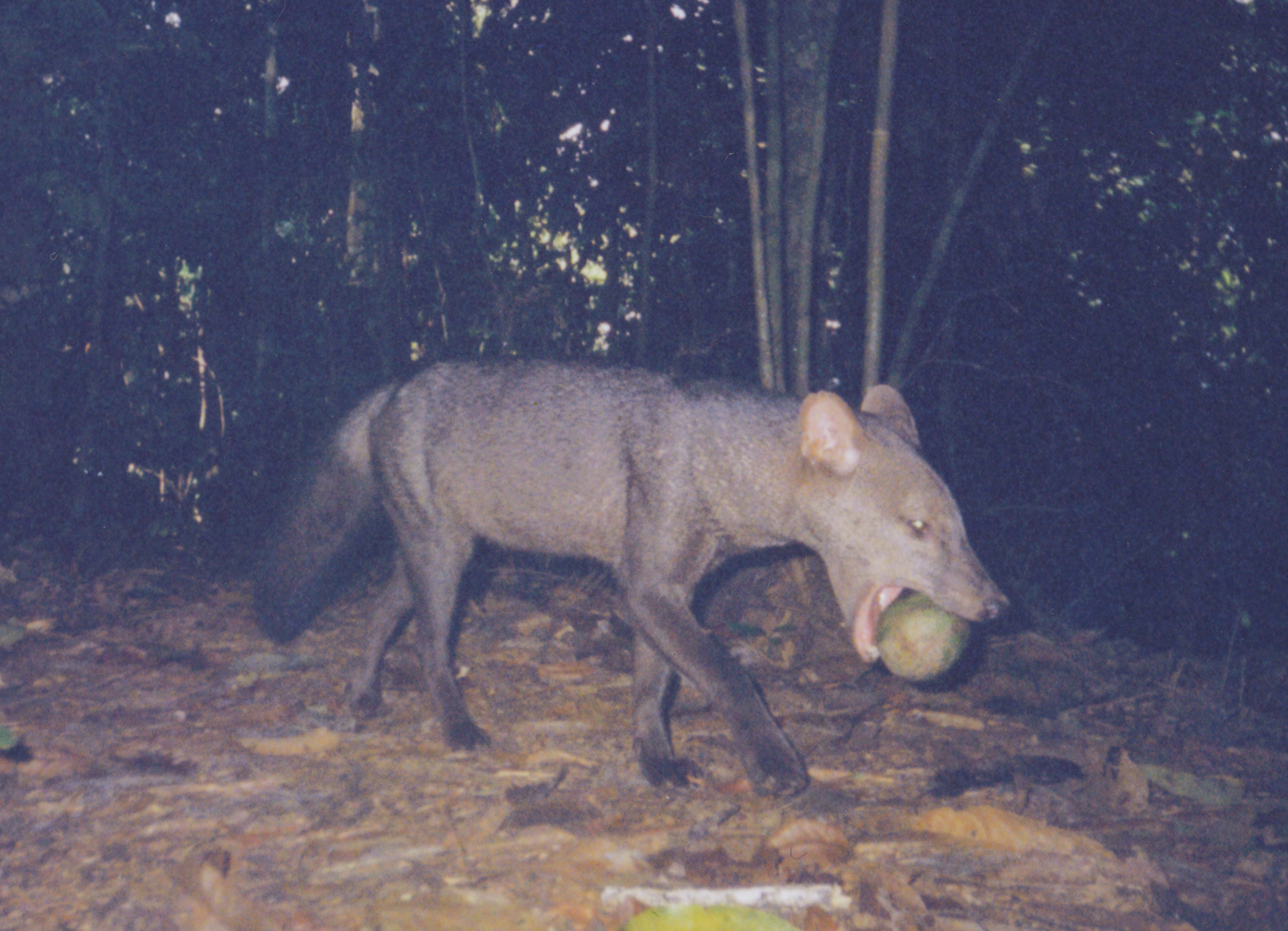
© Guido Ayala, Maria Viscarra, & Rob Wallace – WCS © Renata Leite Pitman & Matthew Swarner
crab-eating fox - Cerdocyon thous
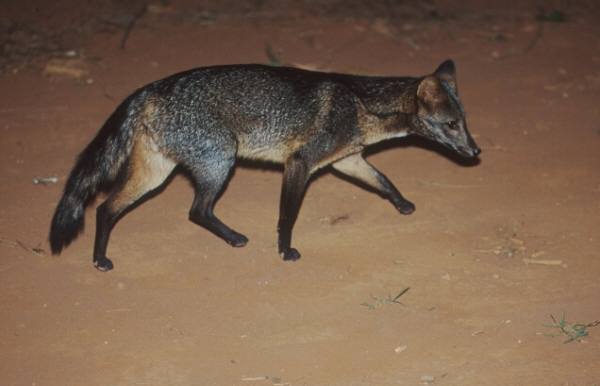

© Adriano Gambarini © Rosario Arispe & Claudia Venegas
bush dog - Speothos venaticus
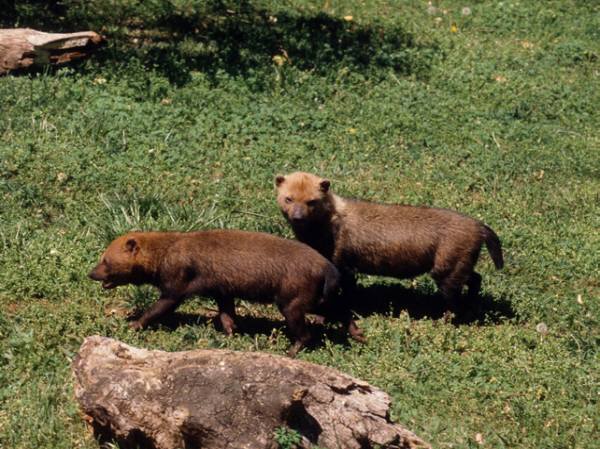
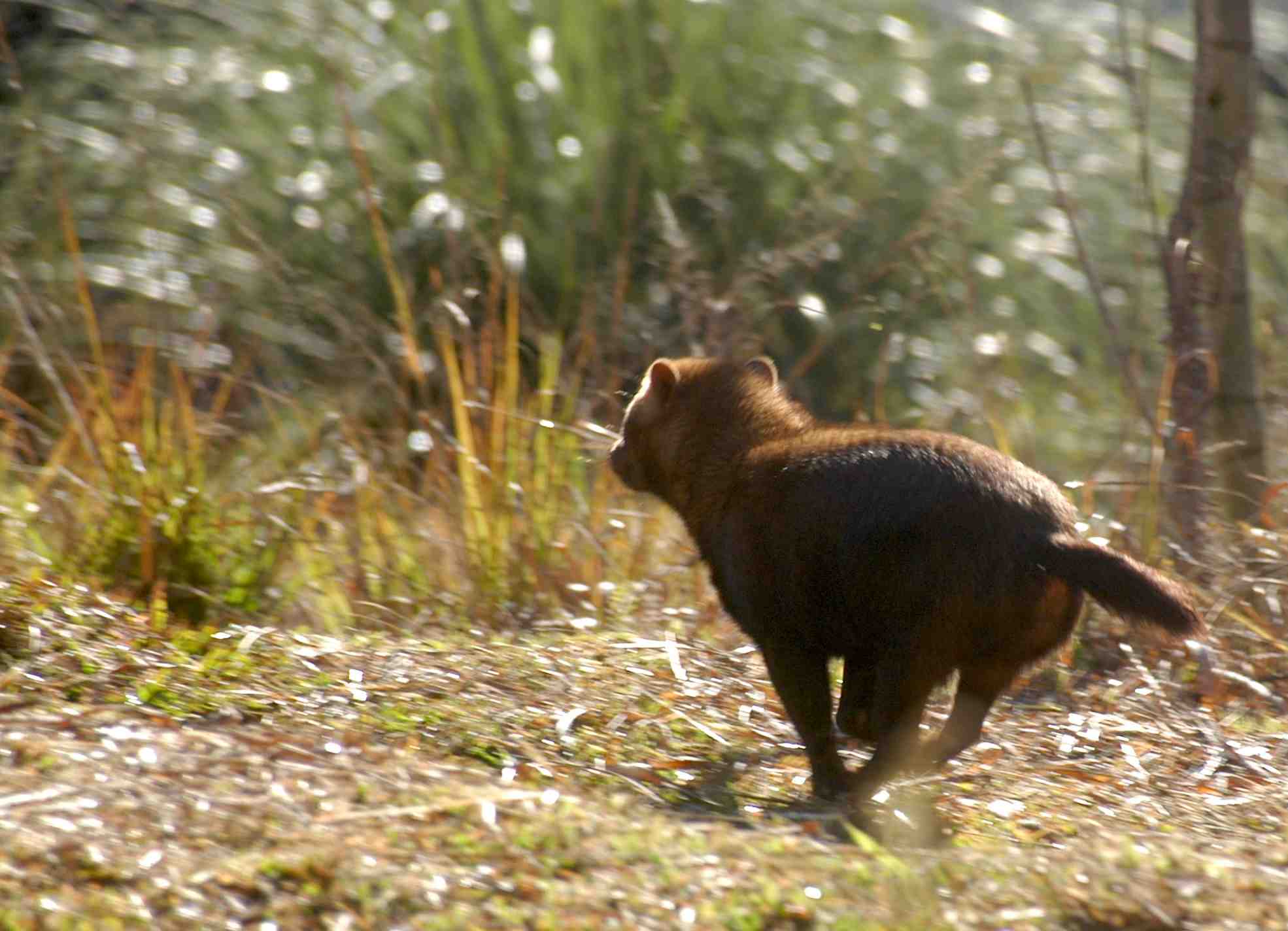
© Gerald Zuercher © Renata Leite Pitman
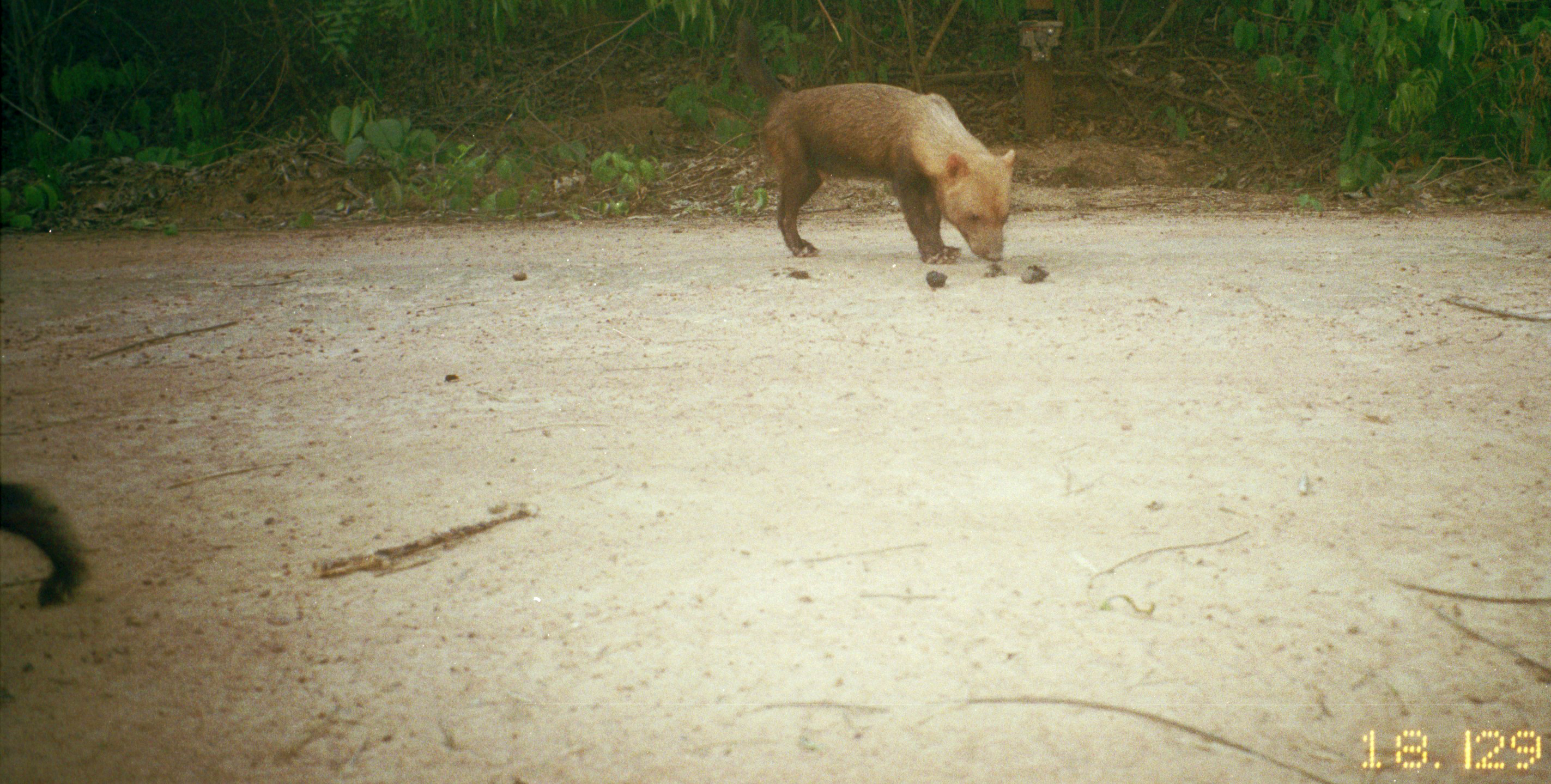
© Rosario Arispe, Claudia Venegas, & Damian Rumiz © BM Beisiegel
Lycalopex/Pseudalopex spp. – South American foxes
hoary fox (Lycalopex vetulus)
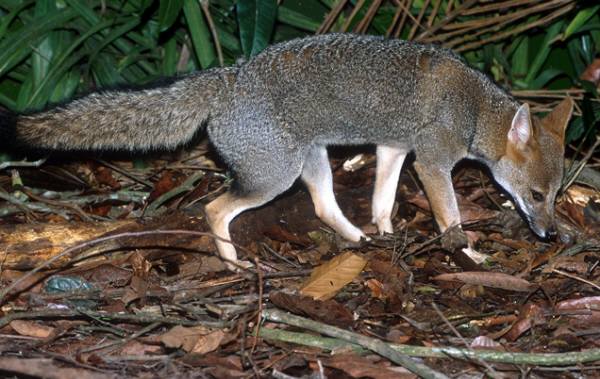
© Adriano Gambarini
pampas fox (Lycalopex gymnocercus)
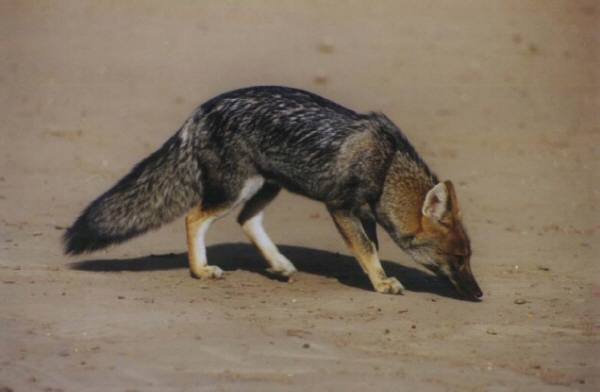
© Marcelo Dolsan
sechuran fox (Lycalopex sechura)
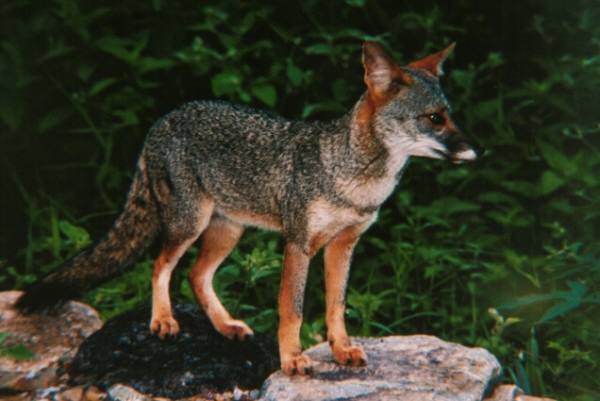
© Daniel Ascensios
Review of literature on Amazonian canids:
Atelocynus microtis – short-eared dog
Cerdocyon thous – crab-eating fox
Speothos venaticus – bush dog
Lycalopex/Pseudalopex spp. – South American foxes
Views of what are currently the main issues affecting Amazonian canids:
Amazonian canids are similar to many carnivores worldwide whose long-term survival is threatened by a variety of direct and indirect threats. While habitat loss and fragmentation are threats to wildlife worldwide, in the Amazon region this is especially poignant with large tracts of intact habitat being cleared and used for agriculture, including soybean production. The ongoing, rapid expansion of hydroelectric developments in the Brazilian Amazon is an additional threat to carnivores, with hydroelectric dams expected to expand from 154 to 277 in the Brazilian Amazon (Castello et al. 2013). These species are also threatened when their prey abundance is reduced through illegal hunting and predation by domestic dogs. The latter can also be a direct threat to these species, especially in the case of bush dogs that often inhabit old dens of their prey. Finally, one of the most poorly understood threats but one that is inevitably increasing as wildlife increase their proximity to human populations is the increased risk of contracting lethal diseases from domestic dogs.
Top issues the Amazonian Canid Working Group would like to prioritise in the near future:
An online network of interested researchers, managers, educators, of experts working in the Amazonian region and with a strong interest in these canids is needed to coordinate actions or activities directed at the conservation of these species. By bringing together these interested persons, we can form a network that can help generate specific questions, research projects, and goals that we should address for each species. Included in these efforts would be identifying students, graduate programs, and funding agencies that could support these efforts. Based on the discussions and comments from these participants, we can prioritize a list from our suggested research and conservation activities. In addition, we can develop specific and regional education initiatives that can be aimed at educating the public about these species, their importance in the ecosystem, and the threats they are facing. The development of a website that can be used to integrate the network of people is vital to keep strong interest and to keep planned activities updates and informed to all participants.
Potential research or conservation activities relevant to Amazonian canids:
While the bush dog and short-eared dog are not actively persecuted, they are both Near Threatened canids considered rare throughout their distribution and facing a suite of threats that result in a decreasing population trend. A recent evaluation of both of these species by the IUCN Red List indicates that the lack of specific numbers and details from the field mean that they are in conservation limbo with a need for new data across their ranges. Both species would benefit from field studies directed at documenting specifics on population numbers, variation in ecological requirements vary with habitat integrity, and direct effects of domestic dog diseases, as these data would allow their conservation status to be fully evaluated and modelled across their range.
Among the Amazonian canids the crab-eating fox is unique as a species of Least Concern, common across its range, little specific protective legislation, and stable populations; however, no specific populations statistics exist and the last evaluation of its conservation status is 7 years old. Unlike the bush dog and short-eared dog, it is considered a pest species and actively persecuted by local persons. While it is reported to readily adjust to habitat conversion and their prey are not affected by illegal hunting, it is a species where proximity to human populations increases the risk of exposure to lethal diseases from domestic dog. While field studies to enumerate population numbers and confirm population trends, the species would benefit most from an education campaigned aimed at identifying their niche and importance in the ecosystem. Specific numbers on the species, confirmation of population trends, and a better understanding of the threats facing the species would allow for a re-evaluation of it conservation status.
Members of the Amazonian Canids Working Group:
Coordinators:
-
Karen DeMatteo: WildCare Institute - Saint Louis Zoo & Washington University in St. Louis (USA)
-
Fernanda Michalski: Federal University of Amapá (UNIFAP) & Instituto Pró-Carnívoros (Brazil)
IUCN CSG Members:
- Renata Leite-Pitman: Nicholas School of Environment at Duke University
- Marcela Lima: Universidade Federal do Pará – UFPA (Instituto de Ciências Biológicas)
- Tadeu Oliveira: Universidade Estadual do Maranhão - UEMA (Dept. Biologia) & Instituto Pró- Carnívoros
- Esteban Payan: Wildlife Conservation Society (Latin America)
- Rob Wallace: Wildlife Conservation Society (Bolivia)
- Rob Williams: Independent Conservation Ecologist & Photographer
- Renata Leite Pitman: Nicolas School of Environment at Duke University
Associates of the Amazonian Canids Work Group:
-
Rosario Arispe: Museo de Historia Natural Noel Kempff Mercado - Universidad Autónoma Gabriel René Moreno
-
Beatriz de Mello Beisiegel
-
Julio Dalponte: Instituto Pró-Carnívoros
-
Daniel Gomes da Rocha
-
Leandro Silveira
-
Juan Pablo Zurano
-
Sarah Cleaveland
-
Orin Courtenay: Zeeman Institute and School of Life Sciences - University of Warwick (UK)
-
Katherina Vizcaychipi: Instituto Nacional de Enfermedades Infecciosas - ANLIS “Dr. Carlos G. Malbran”- Ministerio de Salud de la Nación (Buenos Aires, Argentina) & Instituto Nacional de Medicina Tropical (INMeT) - ANLIS "Dr. Carlos G. Malbran", Ministerio de Salud de la Nación (Pto. Iguazú Misiones, Argentina)
- Héctor E. Ramírez-Chaves: Departamento de Ciencias Biológicas and Centro de Museos, Museo de Historia Natural, & Universidad de Caldas, Manizales, Colombia
